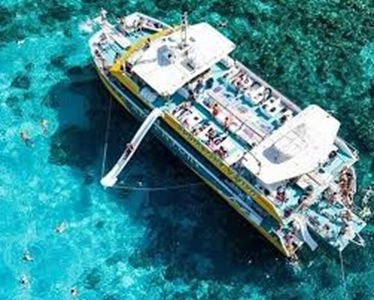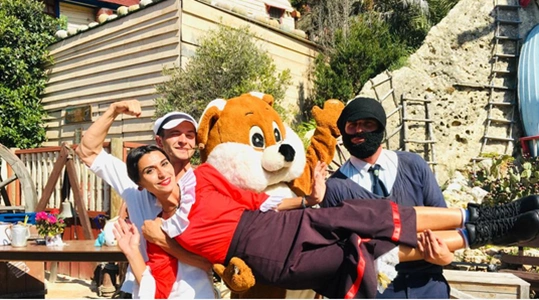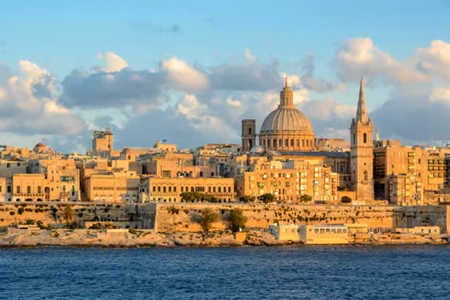Verdala Palace
On this site was a hunting lodge that was built (1557 - 1568) during the reign of grandmaster Jean Parisot de La Valette.
The lodge was built in the Buskett Gardens where the Knights of the Order of St. John hunted game.
The hunting lodge was extended to a palace during the reign of Grandmaster Hughes Loubens de La Verdalle, around 1586.
Because attacks by the Ottomans (Turks) were a reasonable danger, the design by architect Gerolamo Cassar also acquired a reinforced and defensive character. The building is rectangular and has two floors and a five-storey tower at the corners. A ditch has been carved around it and guns were present on the roof. The building looks like a Fort but is an example of Renaissance architecture. The stones that were released to cut the ditch were used to construct the building.
It became the palace of the grandmaster, from which the palace now owes its name.
There are two stories related to this palace:
La Verdala is said to have dominated his staff and for fear of being tortured, many jumped in the canal around the palace to commit suicide. Dark cells have been built in the thick walls, in which prisoners were imprisoned and the remains of a bricklaying victim have been found.
One of the knights in the palace is said to have had a secret relationship with a young woman, a niece of Grandmaster Rohan. In order not to stand out and to be recognizable in the dark, she wore a dark blue robe. UnFortunately, the knight did not like her anymore and the Knight locked her in the room. The trapped young woman was desperate and tried to escape through the window, which killed her.
Now her spirit would still haunt the palace under the name "The Blue Lady".
During the reign of grandmaster Giovanni Paolo Lascaris (1636-1657) and António Manoel de Vilhena (1722 - 1736), the palace was embellished.
During the period of the French blockade (1798-1800) the French soldiers captured by the Maltese or British were imprisoned in the palace.
During the British period it became a silk factory.
The British governor Frederick Cavendish Ponsonby started the restoration by carrying out various repairs.
The British governor Sir William Reid restored the building to its former glory as much as possible around 1850.
The building then became the summer residence of the governors of Malta.
During the Second World War, the artworks of the National Museum were preserved here.
In 1982 the palace was restored and used to receive visiting heads of state. Including, emperors, empress, kings and kings, presidents and dictators.
Since 1987, the palace has been the summer residence of the President of Malta.
Opening hours | Closed to the public |
Closed | Always (there is sometimes an open day) |
Address and street / location can be found on our map, click on Guide in the menu bar and you will get a map with markers. | |
Book: Buy tickets for place of interest. sights, hop on hop off buses, exhibitions, safari, etc or book and tour. | |





